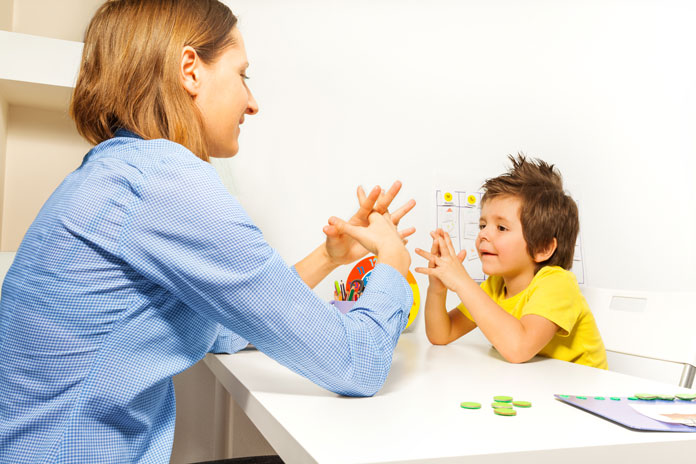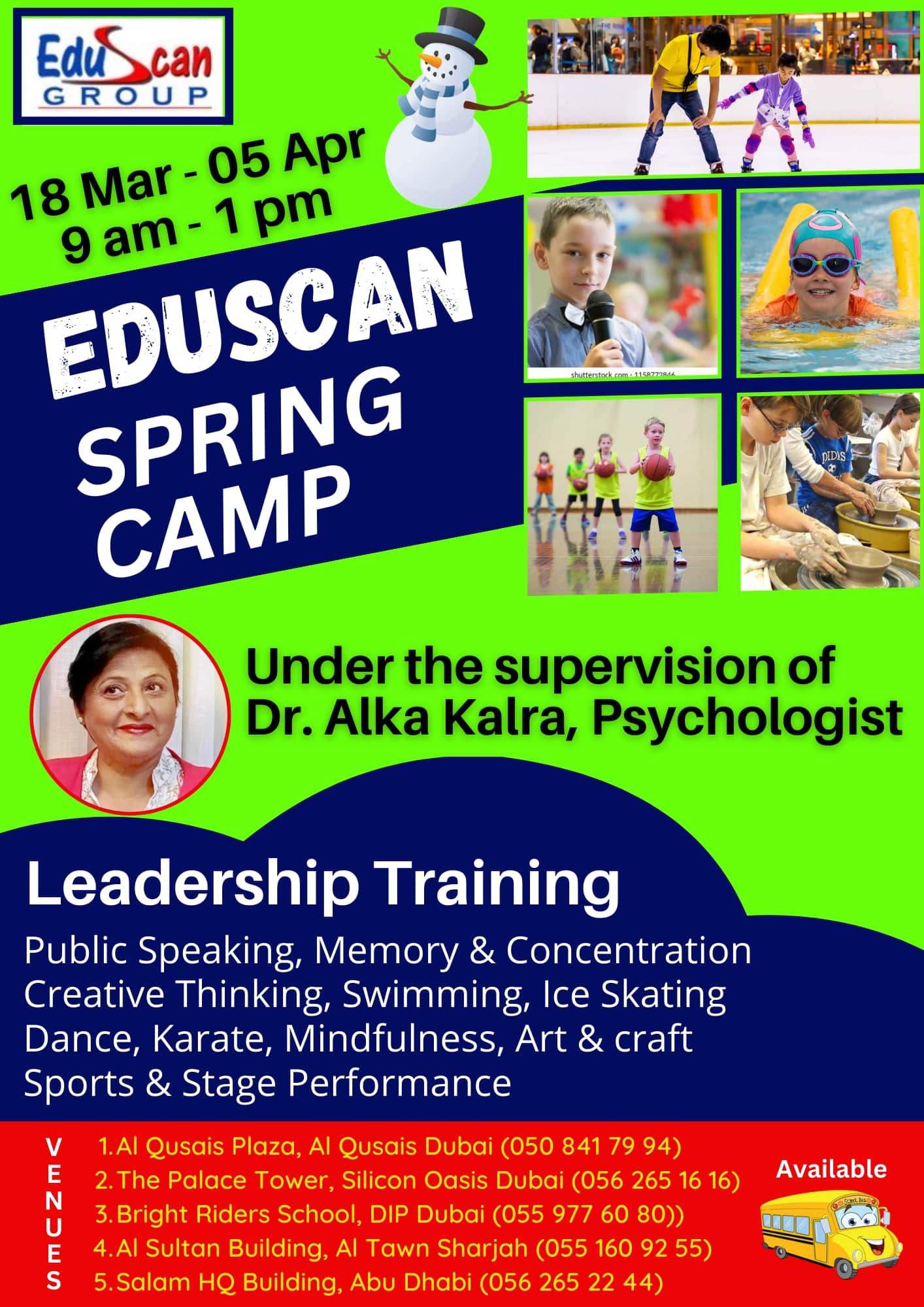The Covid Pandemic has changed a lot of things in our daily lives and the way regular activities are conducted on a day to day basis. Since the mobility is drastically reduced and lot of communication and dealings are happening virtually; the screen time for any individual has increased big time and so is it for the children who attend their classes online. Ideally the screen time should be not more than 2 hours per day however now it is increased to 5 to 7 hours minimum for these children to attend their classes, leave aside the other adults and professionals.
I would like to share the aspect of what kind of challenge is this particular situation creating for the Gross motor skills? For that let us first understand what is Gross motor skills? Gross motor skill is the coordination between the mind and body, the gross muscles of the body have their movement as per the instructions of the brain. Many researches have already shared that physical activities of your body are equally important in the academic achievements and is incorporated in the school activities and curriculum. But now since virtual classes are conducted it is a challenge to continue with the same kind of engagement for gross motor skills. The working memory of an individual is directly connected to the physical activity that one does. And so also focus, concentration, other achievements are connected to the physical activities.
Hence today I will be sharing with you some activities for growing children that will help you to overcome the challenge faced with gross motor skills for your children at home. The University of Harward has done lot of research on how necessary is gross motor skill development during the early years of the child. In school there are many other activities along with gross motor skill development that will be take care of. However it is very important for the parent also to focus on this one factor at home as well. Activities that can be included in gross motor skills at home can be :-
- jumping (on a trampoline) If you do not have trampoline, then a spring mattress also will do. You can keep it in a corner in the house. Jumping on it will really be a stress buster for your little one. Jumping can also be done with a low height stool and the child can go up and down of that small stool.
- You can take red and green coloured tapes (non-electric) and make a design (like a grid) on the floor. You can make them walk and run in those lines. These activities are lots of fun. They are not only learning to walk and do the physical movements but also it creates an impression in their minds about the horizontal lines, vertical lines and slanting lines which si a very significant concept of common patterns.
- A spin ball activity – tie a ball with the cord to the ceiling and the child can swing and catch the ball which also will give the gross motor movements.
- You can ask your child to stand on one leg and tie the shoe laces of their shoes
It may sound not so impressive but it is very important to teach the child in their early years kicking, jumping, running, crawling, flipping over the body, hoping, skipping, etc. It should be mandatorily conducted on a regular basis. Parents just need to organize at least 20 to 30 minutes a day for these activities for the children. If during this period, it is not provided then the child will have issues in focus and concentration in the later years.
We might have heard about Dyslexia, Dyscalculia, Dyspraxia, dysgraphia, etc. Dyslexia is a learning language disorder. But I will talk today about Dyspraxia and Dysgraphia. Dyspraxia is regarding the children who have difficulty in using the gross muscles and the mind-body coordination with which the body movements. They are clumsy, hesitant to interact with other children and hate sports and field activities but they love to be seated as they have a challenge with their gross motor skills.
Dysgraphia is regarding the children with have a difficulty with small muscles usage to do the fine movements of the fingers like writing, colouring, pasting, cutting, etc. and similar fine motor skill challenges.
We have to ensure that we support our children and give them the opportunity to develop both the motor skills through innovative and creative methods. These activities are all interconnected and required for the overall development of the children in their early years.
So parents, be more watchful and use these tools and techniques which are available at home and will help your little child develop well. And you will see that you have a less anxious and less aggressive child at home as their frustrations are all releases out through these activities as they do not know how to manage their emotions at that age. We need to ensure 30 minutes of the day is dedicated to developing the gross motor skills of our children daily.





